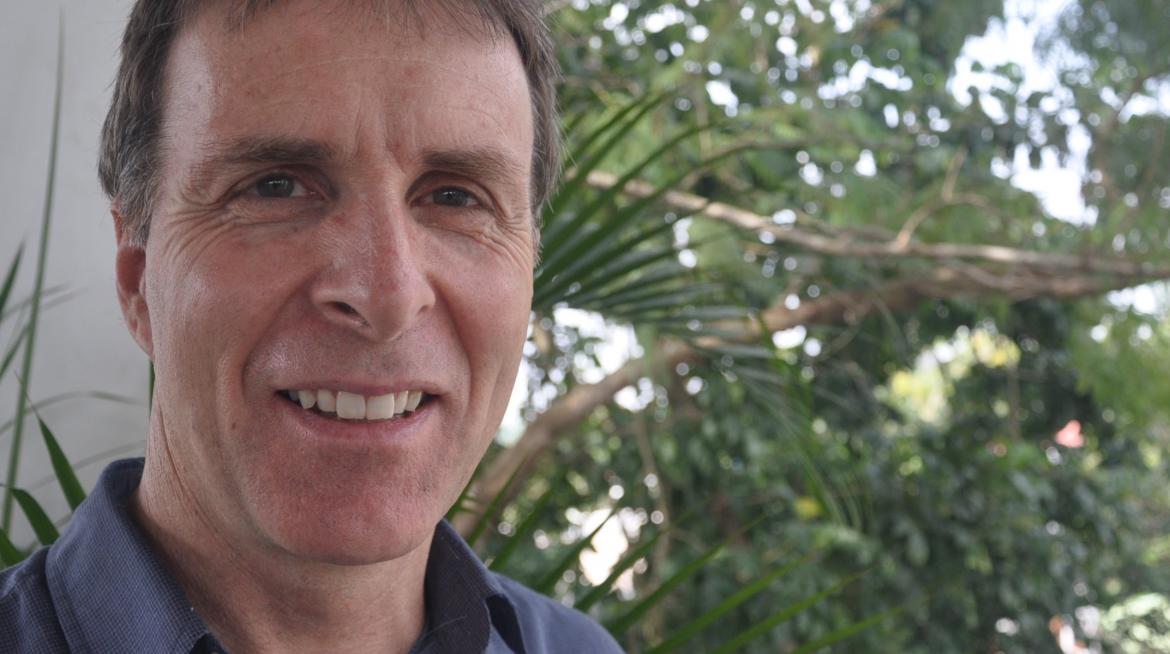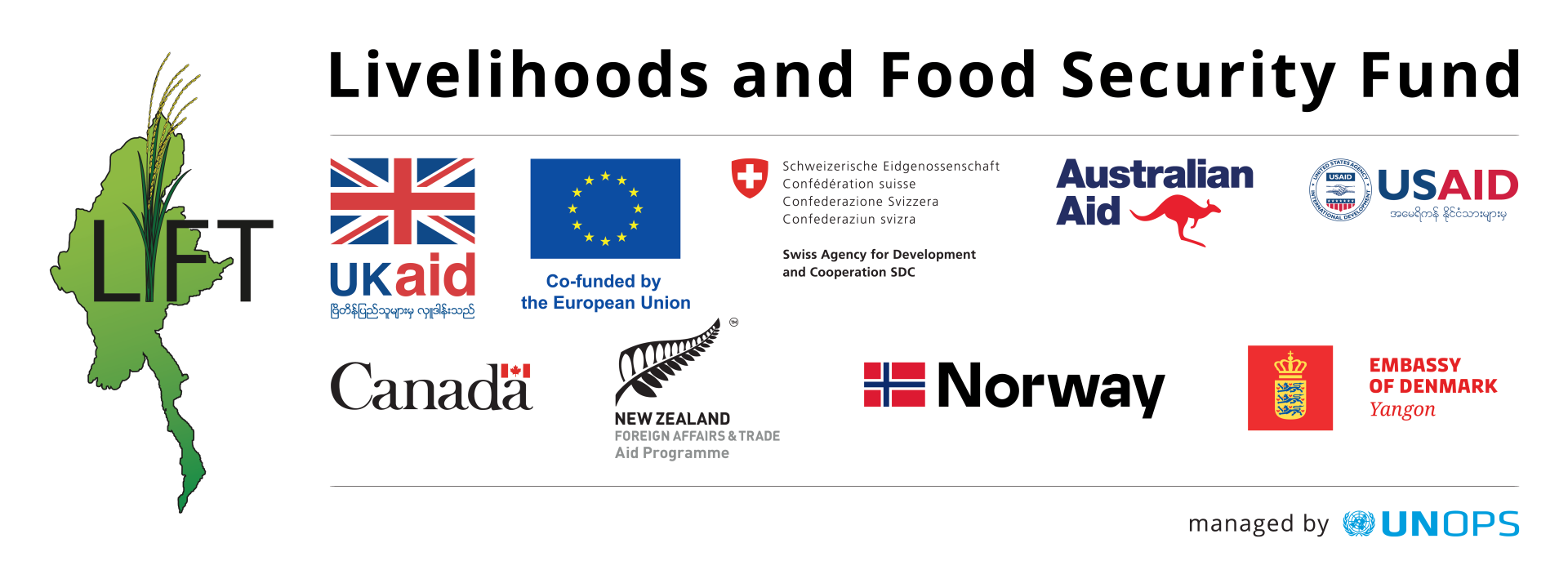
LIFT thanks the partners who have contributed to the Dry Zone programme results framework process. Steve Dowall brings us up to date with latest developments.
Can you briefly recap the Dry Zone results framework planning process?
SD: The planning process started in July 2014, following the Fund Board decision to take a result-based approach for the Dry Zone programme. Firstly, we put together a roadmap to frame the processes to follow. A workshop on the 1st of August with 60 representatives of different organisations agreed the primary areas of need and priority results that the Dry Zone programme should achieve. Five working groups, divided into five thematic areas: production, livestock production, water, social protection and finance, took the work of the workshop, and defined the outcomes, outputs and types of activities that could make up the results framework for the Dry Zone programme. We also prepared a draft Guidance Note to provide background and procedural information that will support the first call for concept notes for the new programme.
We have been consolidating the results of the working groups’ efforts over the last weeks, preparing a consolidated draft results framework and now writing the Project Information Document (PID). The PID will provide a summary of the key information supporting the programme including a problem analysis, and description of the agreed outputs and development strategies that the programme will work to.
What has come out of the working groups and how is it being used?
SD: The working groups all worked very well together, though were challenged by the diversity of experience and views of the members. I was impressed that so many people were willing to give up much of their time to contribute to this work. The documentation prepared by the working groups is available on the LIFT website.
There is still a long way to go. Indeed, the Call for Concept Notes will start a process of mapping activity options to determine the specific interventions to be used.
When will there be a Call for Concept Notes?
SD: Unfortunately, we are behind schedule: the anticipation for a Call for Concept Notes in December is not likely to happen. There is more work to do, including further discussions with the Fund Board to finalise the scope, shape and focus of the programme. The first call will be early next year. There may be opportunity to launch some aspects of the programme earlier, so please keep an eye on the LIFT website for updates.
Who will implement the programme?
We are looking for LIFT partners and other interested agencies that have the right background and experience come up with projects that can deliver on the key results identified by the programme.
Some key features of the programme are fundamental to unlock the potential of smallholder farmers and other rural Dry Zone households. We need to diversify smallholder production and household incomes. Increasing the income options, food security and nutritional needs of uneconomic smallholders and the landless, who together constitute well over half of the rural households in the Dry Zone, will be fundamental to the programme.
This needs to come together to ensure rural households have a diversified income base and are more resilient to the impact of shocks and stress such as drought, flood, pests and diseases, market fluctuations etc.
How will cross cutting issues such as nutrition, water and sanitation and gender feature in the new programme?
Each of these issues is fundamental to the new programme. Nutrition features at the highest level of the LIFT strategy. There will be direct interventions to address nutritional needs; in particular pregnant women, breast-feeding mothers and households with children under two. We see very clearly that this is fundamental to addressing poverty and the high incidence of stunting in the Dry Zone. Water and sanitation are also fundamental for addressing nutrition. The programme will support the provision of clean water and sanitation.
LIFT’s gender strategy (in English) provides the guidance for ensuring gender considerations are mainstreamed in all its programmes and projects. We are looking to review the strategy in 2015.
How will the programme address social protection?
We do not see social protection as an output but rather an instrument to meet the basic food security and nutrition needs of the poor and disadvantaged. There are various social protection instruments that can be used to do this. Cash transfers to pregnant and breastfeeding mothers and households with children under two years, for example, is one way to target specific support where it is most needed for nutritional impact. Also significant is recent work that LIFT has been supporting with the Social Policy and Poverty Research Group (SPPRG) that has been looking into traditional social protection mechanisms. It is clear that these are widespread in Myanmar communities so it will be essential that any support LIFT extends is done so in a way the compliments and builds on the strengths of these local mechanisms.
Are there new documents for partners to use at this stage?
The draft of the consolidated results framework will be uploaded to the website once the LIFT Fund Board has further discussed and agreed the scope and focus of the programme. This will be considered further in December. The programme documentation will include the framework itself, a monitoring evaluation plan, and the programme information document. Additionally, we should receive the final Dry Zone scoping study report from the FAO Investment Centre at the end of November. Once reviewed and agreed this will also be posted on the LIFT website.


